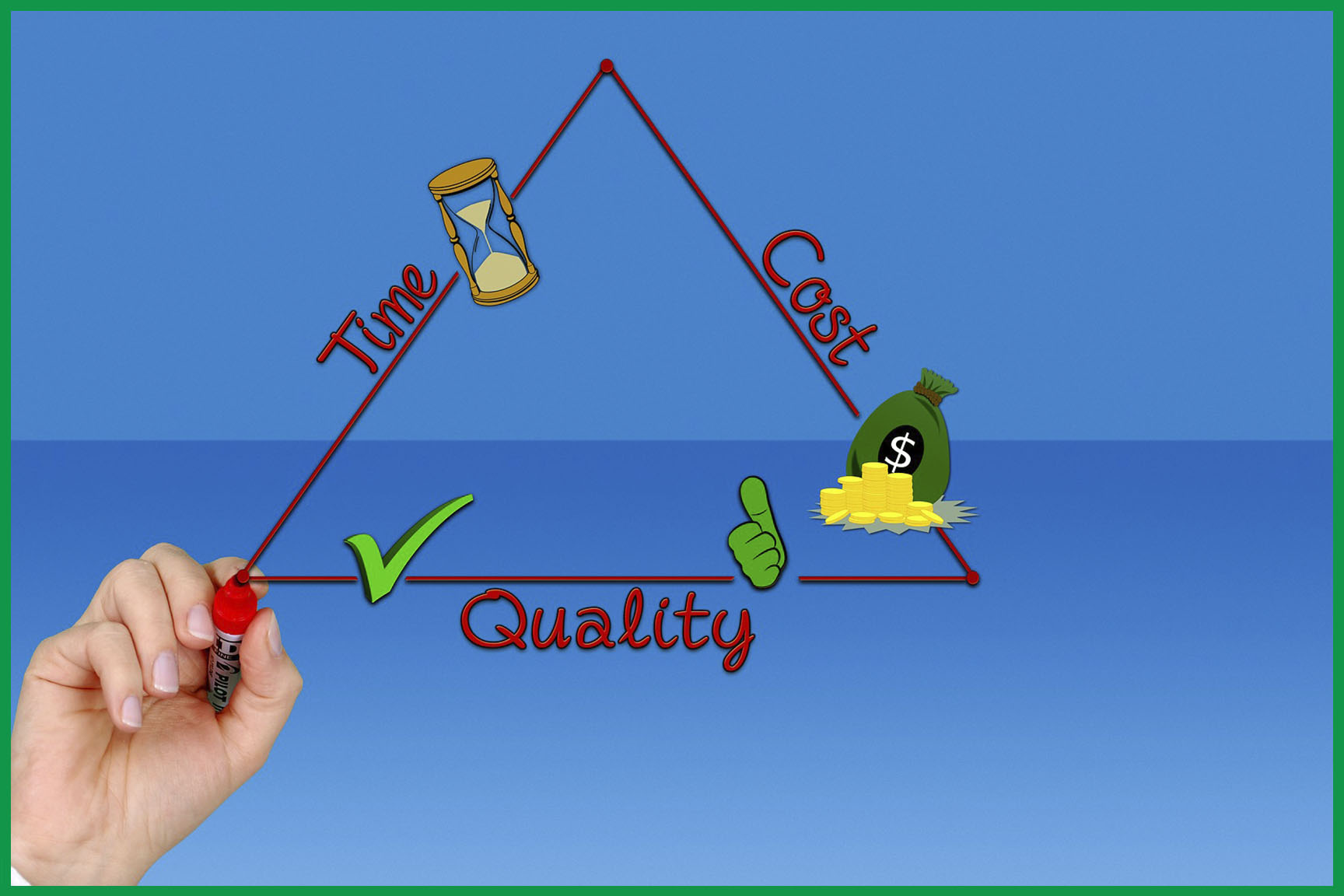by Carol Starmack
Having an endowment is a luxury enjoyed by some nonprofits, a luxury that carries substantial fiscal responsibility and requires strong investment policies in place. Nonprofit directors are often subject area experts, but not necessarily financial experts. For many, the task of shepherding an organization’s financial resources can seem daunting. But it doesn’t have to be that way. By following a few basic steps, your board of directors and senior staff can create investment policies based on your financial beliefs profile that will help the organization prepare to find the right professional management team.
Before you get to work seeking professional help, it is important to have some preliminary discussions with your board and leadership.
When contemplating the management of an endowment the place to start is one of inquiry; you need to ask and answer a few questions about your organization to determine its financial beliefs profile. While not exhaustive, the points introduced below will help you determine if your existing policies are aligned with your current thinking. Also, they should help you define the kind of professional management assistance to seek or help affirm you are on the correct path with the external management already in place. Best practice is to review your investment policies once every three to five years [1], and revisiting these questions each time can help you make sound decisions based upon your updated financial beliefs profile.
Timeline
Determine whether or not the organization has a legal responsibility to operate in perpetuity or, rather, a non-binding commitment to intergenerational equity [2] that has led the organization to operate in perpetuity.
Mission Alignment
Determine how the impact and goals of the organization’s programs will influence your investment decisions. Is the work of the organization aligned with the stated mission and vision? Are the programs having the desired impact? If not, what will it take to reach the desired impact? Is there a desire to grow the organization, which will impact the required level of giving or internal budget?
Risk Appetite
Determine the organization’s appetite for risk. The level of assets an institution has often impacts the kind of investment opportunities available to the organization, and they all carry some level of risk. How much risk are you willing to take on? And while you’re at it, make sure to determine how your organization defines risk. Many nonprofit boards claim to be risk averse, but some professionals believe that investing too conservatively and not meeting long-term return goals is – by its very nature – a risk to the organization.
Asset Allocation
Which kinds of investments are your organization comfortable investing in? In addition to asset class allocation, you may choose to discuss industries to seek or avoid (without judgment – fracking is a recent example, as are opioid drugs). Socially responsible, sustainable, or impact investing are gaining traction and instruments are becoming more readily available — and perhaps moving toward mainstream. Some regulators have warned that climate change may pose major risks to financial markets in the future [3], so you may want to loop this discussion in too and broaden your discussion of risk.
Active or Passive
Will your organization seek active or passive investment strategies? And does your leadership understand this distinction? The answer to this question may partially depend on your level of assets and access to financial opportunities as well as your investment philosophy. It is believed by many that active strategies offer the potential for greater return, but also require more expert assistance and may carry higher costs that can potentially impact returns. Others believe the best path to portfolio growth is to seek lower cost, passive investment strategies that practice buy and hold portfolio management with long-term investment horizons, often relying on index investing tied to broad market indices. Make sure everyone understands these distinctions, and then ask which method is preferable.
Enjoy the Journey!
By engaging in this board-level thought work, you will come closer to understanding your board’s financial beliefs profile. Having that information will aid the members of your finance committee in their work to determine what to look for in financial management assistance and will better prepare them to meet with and interview finance professionals.
This effort can and should be fun, as it gets to the heart of why and how you are doing your good work. Holding facilitated conversations with your board is a great place to begin on this journey.
[1] Price, Nick. “Nonprofit Investment Committee Best Practices.” BoardEffect, (4 Feb. 2019), www.boardeffect.com/blog/nonprofit-investment-committee-best-practices/#:~:text=As%20people%20and%20situations%20tend,person%20assisting%20with%20their%20investments . Accessed 3-15-2021. [2] The idea of “intergenerational equity” was framed by the Yale economist James Tobin, and states: “The Trustees of endowed institutions are the guardians of the future against the claims of the present. Their task in managing the endowment is to preserve equity among generations.”Tobin, James, “What Is Permanent Endowment Income?”, The American Economic Review, Vol. 64, No. 2, Papers and Proceedings of the Eighty-sixth Annual Meeting of the American Economic Association (May 1974): 427-432, https://www.jstor.org/stable/1816077?seq=1. [3] Davenport, Coral, “Climate Change Poses Major Risks to Financial Markets, Regulator Warns”, New York Times (June 11, 2019), https://www.nytimes.com/2019/06/11/climate/climate-financial-market-risk.html. Accessed 3-15-2021.
Carol Starmack is a senior nonprofit professional. She has been called a “chief problem solver,” with recognized leadership experience in financial management & budgeting; strategic planning; organizational development; human resources; operations; and board governance and relations. View her Linkedin profile here.

